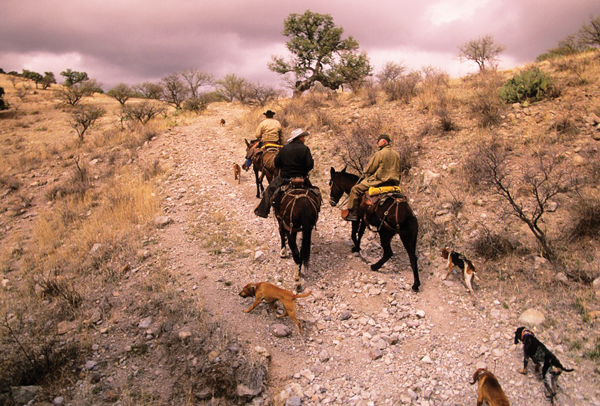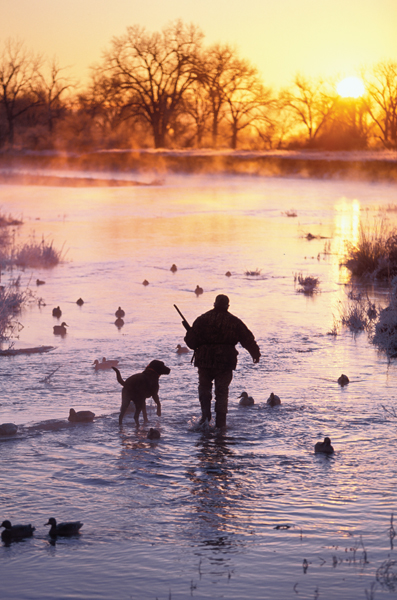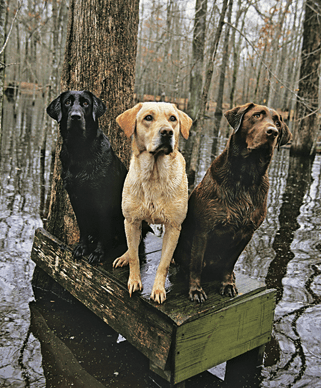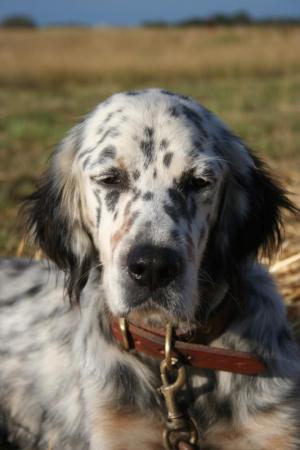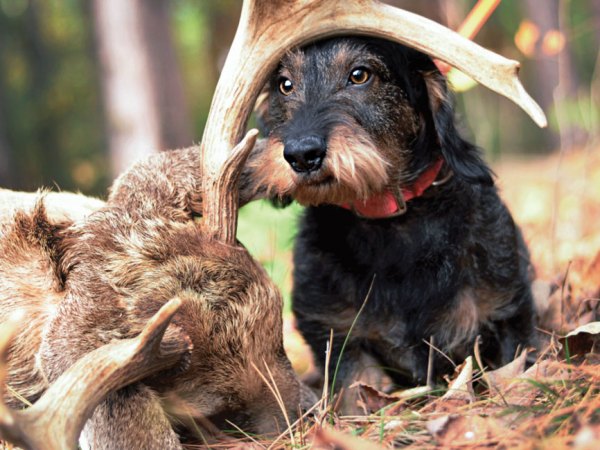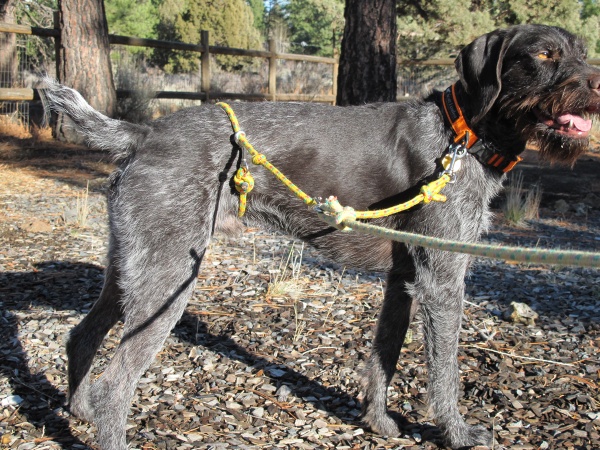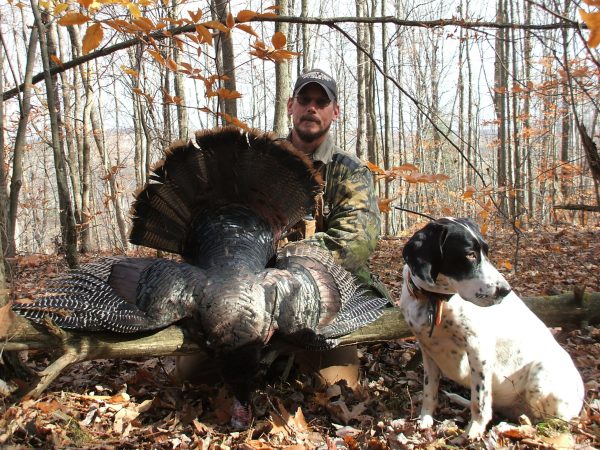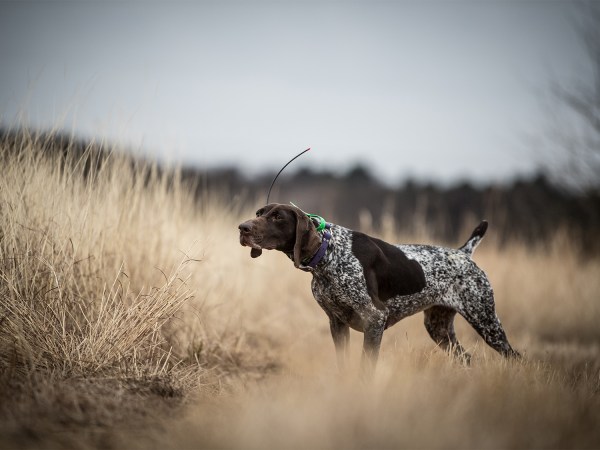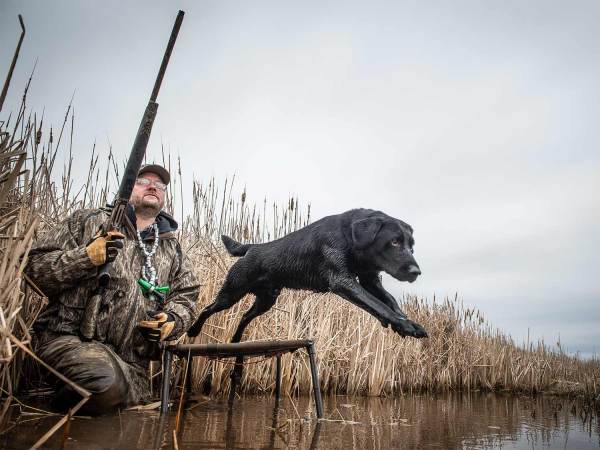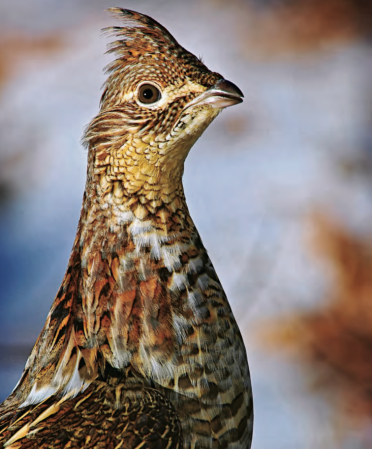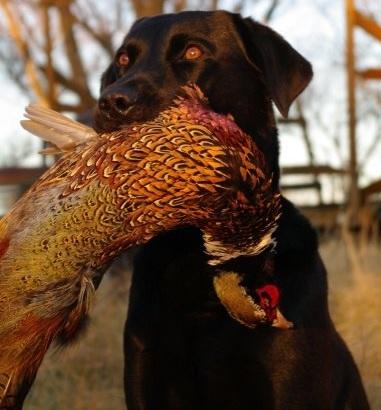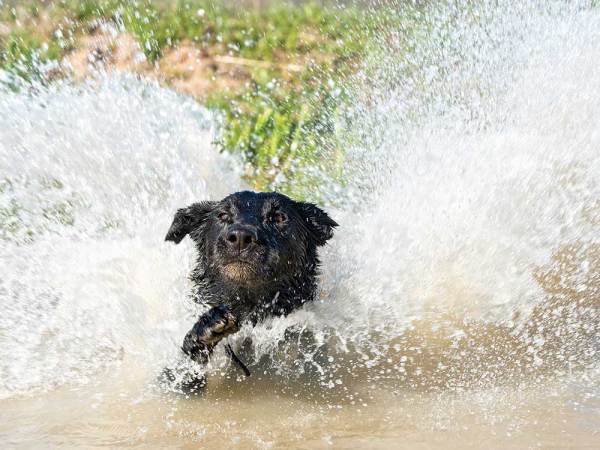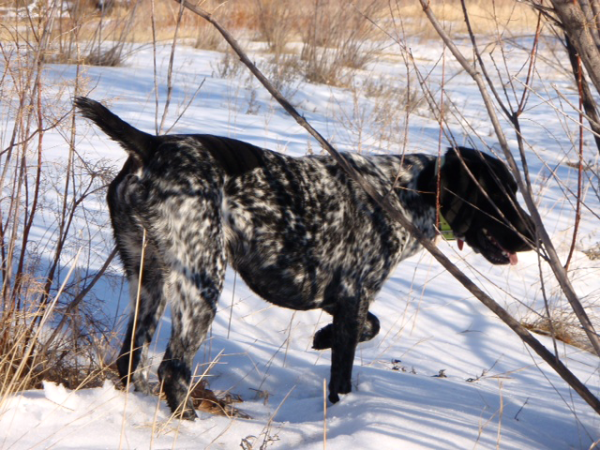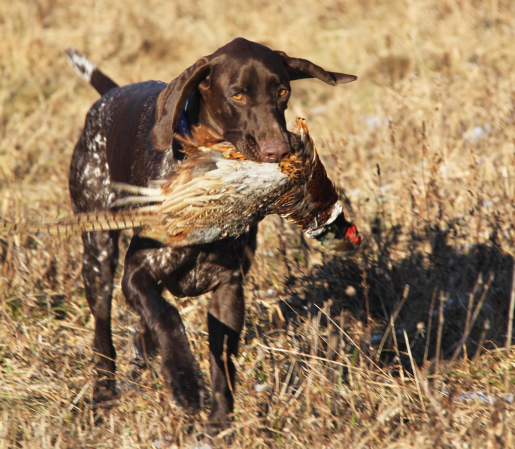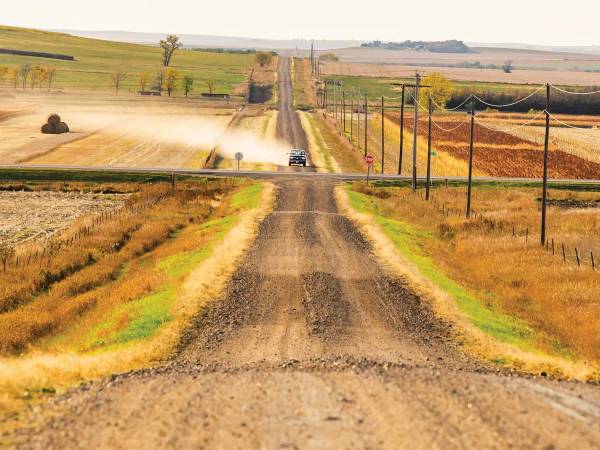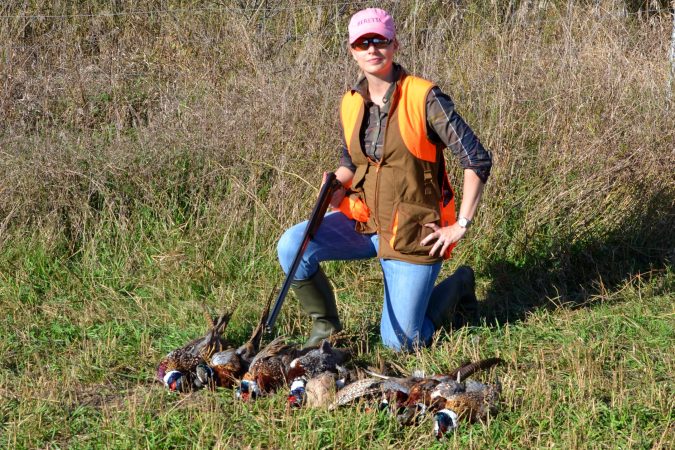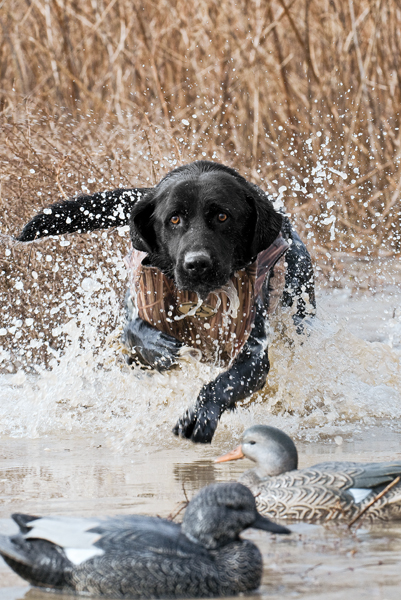
By John Devney My long-standing love affair with Labrador retrievers is based on one simple dynamic: We have a job to do, let's get it done. Indeed, when it comes to the game I pursue–doves, partridge, prairie grouse, ducks, geese and the elusive ring-neck–there isn't a dog I'd rather spend a day afield with than a Labrador retriever, that do-it-all dog with a heart as big as a mountain. Photo by Bill Buckley
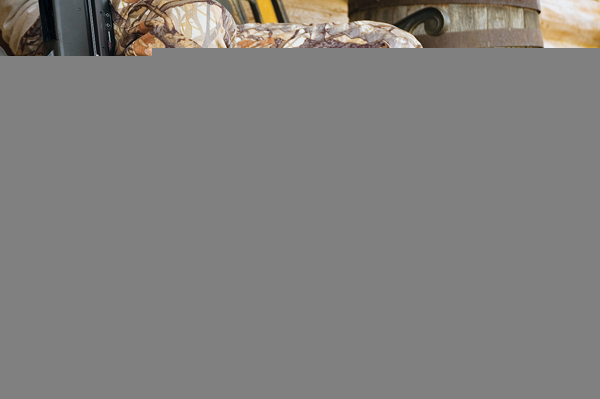
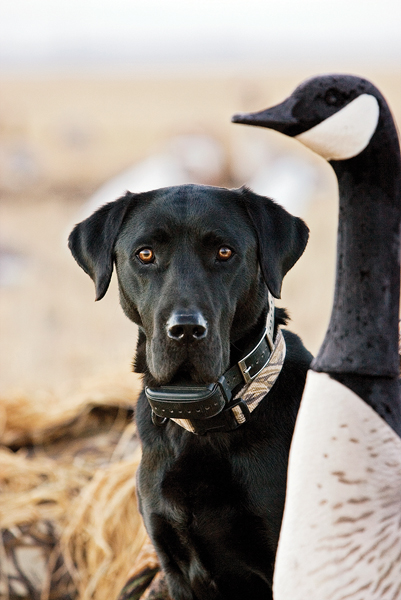
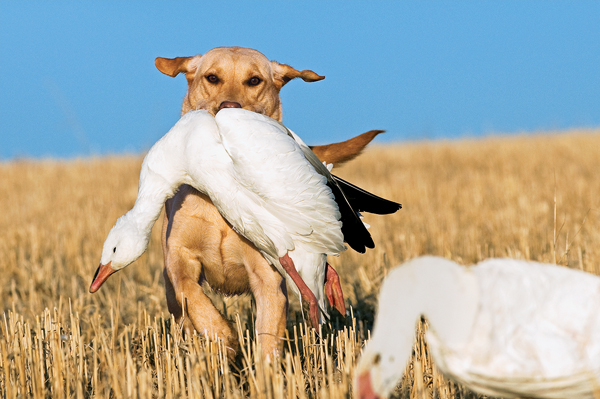
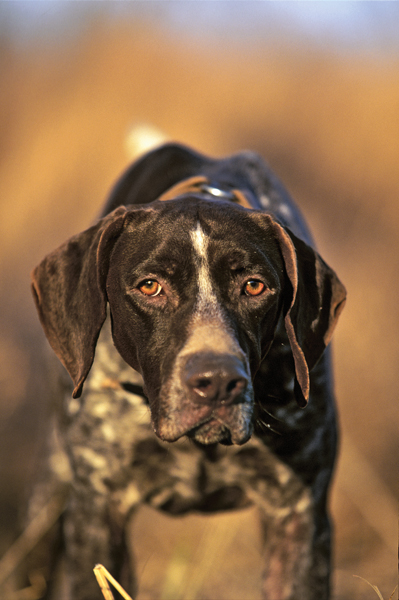
By Bob St. Pierre Prior to taking a job with Pheasants Forever, I spent seven seasons working in minor-league baseball. As the scent of grilling wieners wafts through the spring air, the search for baseball's Holy Grail, the five-tool prospect, begins anew. Scouts spend their summers in places like Sioux Falls, South Dakota; Toledo, Ohio; and Beloit, Wisconsin. Their hope is to find a player who is capable of hitting for power and average, is able to field his position, possesses a strong arm and is speedy on the bases. In baseball, five-tool prospects rarely live up to their potential and are considered near-mythical creatures. In the bird-dog world, I have found a five-tool superstar in my German shorthaired pointer. Photo by Denver Bryan / Images on the Wild Side
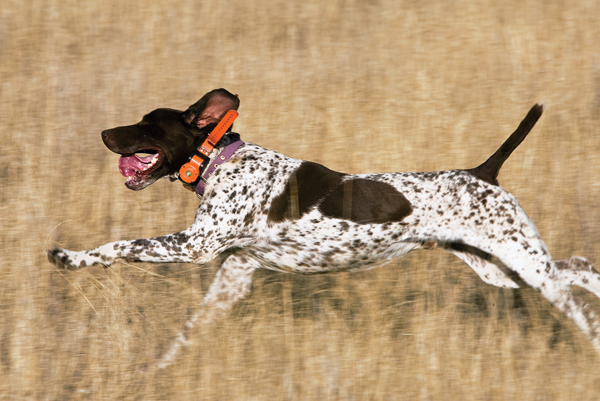
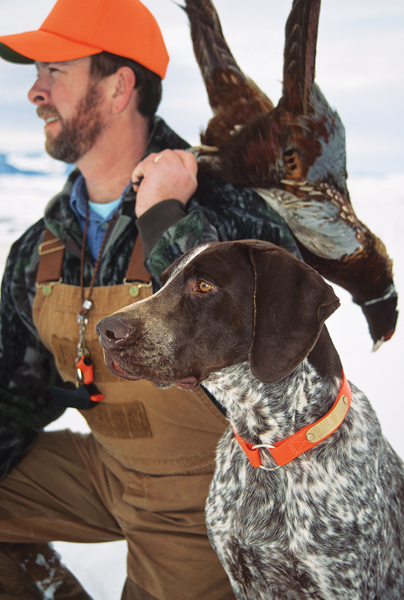
Eager to Please: Some pointing breeds have a reputation of being high-strung and gruff, but not the affable shorthair. The shorthair is a lap lover in the home and a chick magnet away from it, because of its handsome good looks. Photo by Mike Barlow / Windigoimages.com
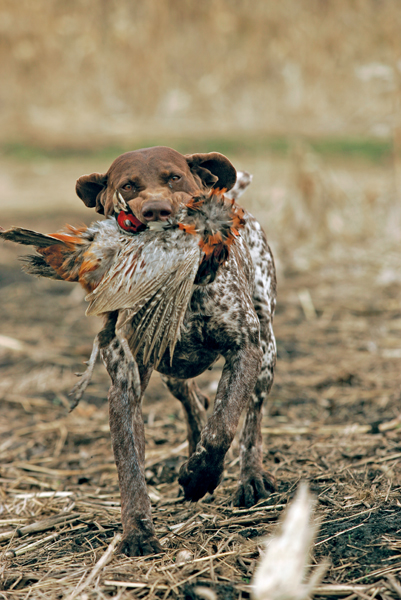
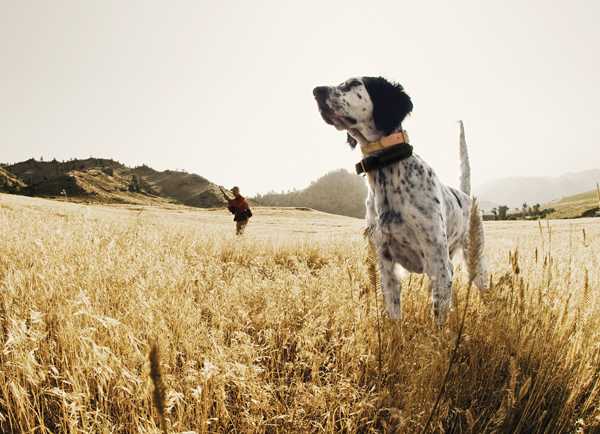
By Tom Davis Jacy and Ranger live pretty cushy lives. Their home is a ninth floor apartment (with a doorman, of course) just a stone's throw from Central Park. In fact, if you've seen a couple of English setters being walked there, one a mostly white slip of a thing (Jacy), the other more darkly marked and ruggedly built (Ranger), that's them. They're accustomed to the lap of luxury. But don't be fooled. Come fall, they're all business. Jacy and Ranger are working gun dogs through and through. From Newfoundland to New Mexico, they've proven themselves in every kind of cover, terrain and weather, and, most important, on every variety of game bird. That's not hype; it's fact. Jacy and Ranger have pointed all 20 species of North American upland game birds, and their owner, Joe Augustine, has shot all 20 species over those points. To kill a white-tailed ptarmigan, they climbed above the tree line in the Colorado Rockies to an elevation of more than 13,000 feet. Joe lost his breakfast en route, but the setters nailed a covey as soon as he turned them loose. Photo by Bill Buckley
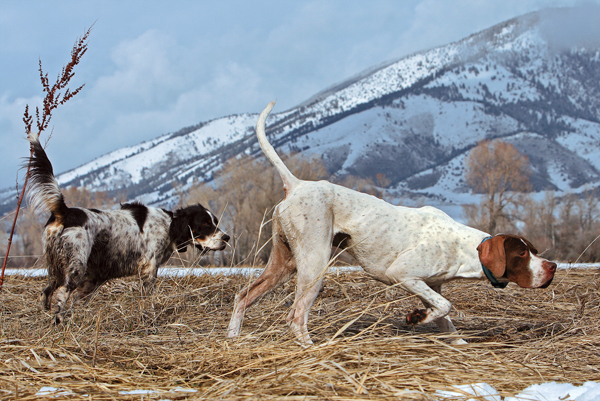
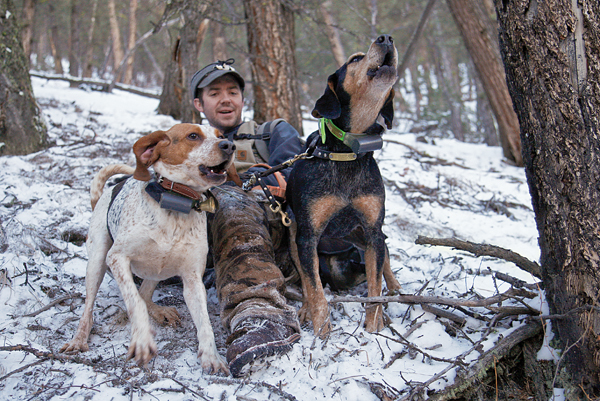
By Vickie Lamb The sound of music is perhaps the resounding difference between hounds and other hunting dogs. To a houndsman, the song of a good dog–loose in the wilderness, tackling a scent track and attempting to end it–is unrivaled. Many clues are revealed in a hound's ballad as he works toward a tree–sometimes laboriously, other times with ease–and he sings a different song each time out. Whether pushing cold paw prints, running moderate scent just hours old or electrifying fast tracks, the nuances of his song tell the lyrical tale of the chase. Once you turn a hound loose, whether for bears or lions or fox or rabbits in the day or raccoons at night, he's on his own. He must unravel mysteries of scent amid all sorts of conflicts, unseen dangers and hidden distractions. When he strikes and commits to a track, he stays the course no matter what other odiferous trails he encounters. My hound, Durango, is vintage bluetick, with his long ears, deep brown eyes set wide apart and stout, strong build. His coat is short, dense and thick, and, yes, he has that voice–a deep, resonating baritone that drifts back to me as he seeks his quarry. With a quivering bawl on track, he changes to a resolute triple chop when he locates a tree, and immediately turns this over into a steady, convincing bark–an ancient melody of ringing tones. Different types of pitch tell different stories, like when he's laboring through a cutover or drifting across a rocky creek bed, or working deep water. Photo by Mitch Kezar / Windigoimages.com
